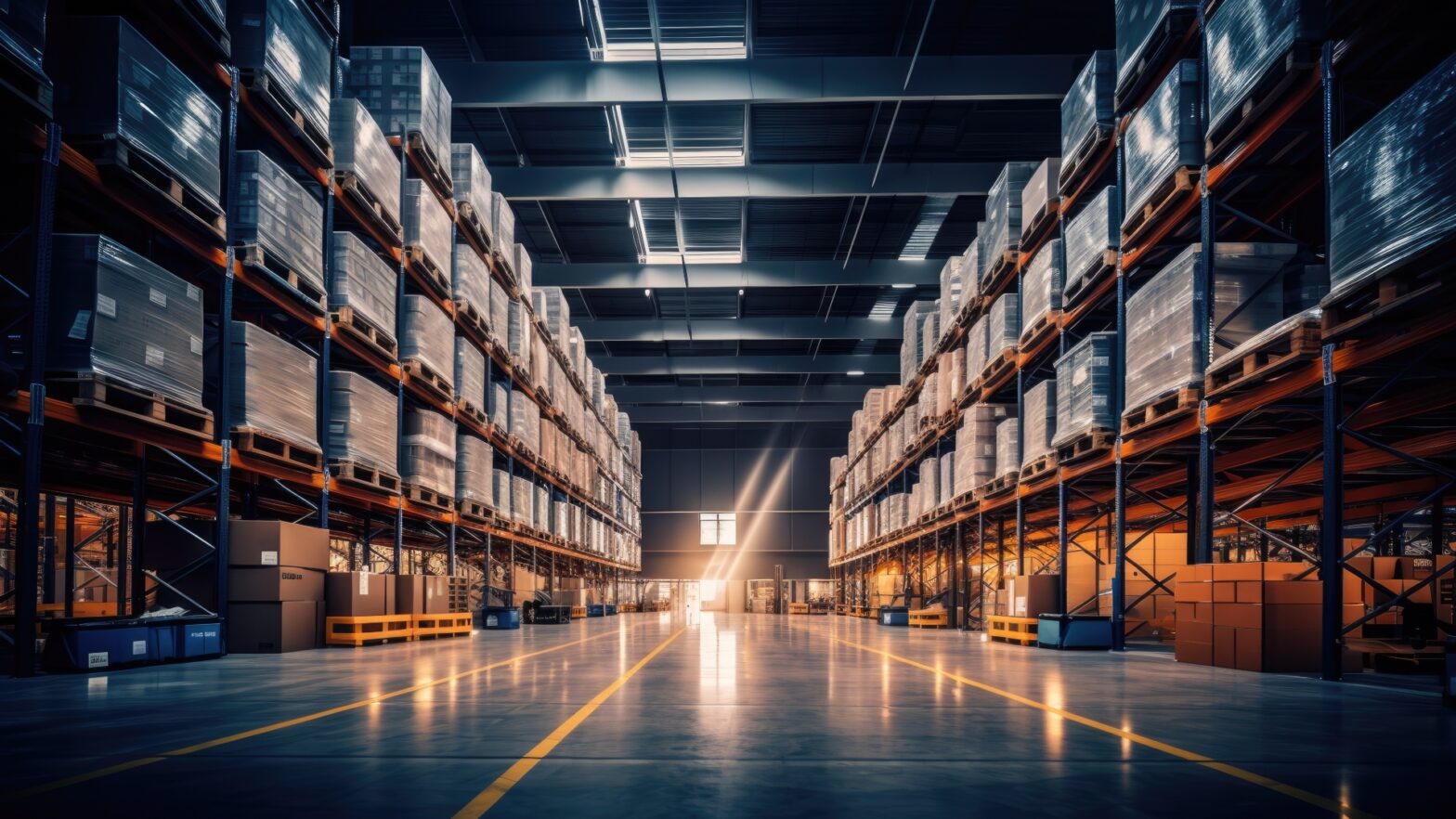A warehouse is pictured that is so full of things that it is almost breaking to the seams, and workers are having a hard time going through the narrow aisles in the warehouse. But think of that same warehouse turned into a new story, with a proper level added to the existing one, thus the space not just being doubled but the building’s footprint remaining the same.
This isn’t a magician’s trick, but an intelligent move called mezzanine floors. In a place like warehousing and logistics where space is the hardest component and proficiency is queen, these mezzanine floors are changing the face of businesses in the industry and the way they approach their operations and storage.
Mezzanine floors made of steel, aluminum, or fiberglass-reinforced plastic are also called intermediate floors or raised platforms. They are the layers that are installed between the floor and the ceiling of a warehouse or an industrial building.
The materials they are made from are mainly steel, aluminum, or fiberglass-reinforced plastic and can even be customized to suit the specific needs of the facility. They provide an easy and economic way to save the place by moving the space upwards and turning the air into square footage.
The main benefit of mezzanine floors is that they allow for a substantial increase in the space which is otherwise not feasible by expensive building expansions or relocating the location. This feature becomes even more vital in densely populated city centers where property prices are very high and not many expansion chances are available. By using the vertical space that is usually empty in the warehouses, businesses can really double or even triple their storage capacity.
Besides, mezzanine floors provide great flexibility. They can be built to carry different loads and purposes, say, from the storage of small things to the heavy machinery. On the one hand, some of them are designed for office requirements, hence, creating a kind of working environment within the warehouse together with the multi-functionality it has in storage.
The installation of mezzanine floors are not as messy as the regular construction projects and they don’t cause much disruption to the ongoing operations. The bulk of the structures could be installed in just a few days or weeks, depending on the size and complexity of the one chosen. This speed of the facility’s setting up is actually the way business entities can quickly accommodate increasing storage needs or operational changes. From an economic viewpoint, the case for mezzanine floors is really persuasive. Per square foot, building a mezzanine is generally much cheaper than brand new construction or leasing the additional space.
Safety is really a big concern in the warehouse environment and mezzanine floors are devised keeping this in mind. They are made according to strict structural codes and so they usually come along with safety details like guardrails, kick plates, and safe stairways. Moreover, many mezzanines incorporate fire safety measures, such as sprinkler systems and fire-resistant materials, to ensure that they meet or exceed local building codes and regulations.
The side effects of mezzanine floors are not just with regard to their storage capacity. They can substantially affect the work flow, and practical efficiency positively as well. By creating dedicated zones for various functions such as picking, packing, and quality control the organization can streamline their processes and reduce the time and effort required to move goods through the warehouse.
Since online shopping is on the rise, the expectation for fast delivery is high for consumers and so, the pressure put on warehouses to operate efficiently remains huge. Mezzanine floors can perfectly assist in solving these problems by allowing the installation of advanced storage and retrieval systems. For instance, mezzanine floors can be utilized as multi-tiered picking systems which are integrated with mezzanines creating super-efficient order fulfillment processes.
The adaptability possibilities of mezzanine floors are almost endless. For example, the floor can be built with specified features such as open-end conveyor belts, pallet gates for the easier transfer of the goods, and even integration of robots into the operation of the warehouse. Such features provide that the mezzanine development along with changes in the technological side of the warehouse management will not stop.
Though the advantages of mezzanine floors are obvious, it is still very important for businesses to carefully consider their specific needs and seek advice from the seasoned professionals when they are planning an installation. It is the aspects such as the weight capacity, the locations for entrance, lighting, and ventilation that have to be meticulously considered to ascertain that the mezzanine together with other warehouse operations are being edified, and not annoyed.
Summing up the presenting concepts, mezzanine floors are a smart, efficient, and affordable direction for warehouses with spatial constraints. They are a practical way of boosting the available space and making things easy, efficient, and satisfactory without having to move away or extend the buildings expensively. As the pressure on warehouse logistics keeps on mounting up, mezzanine floor Melbourne are proving themselves to be the chameleonic tool to accommodate these diversified and nimble settings and competition in the present inexorable rate of just-in-time logistics. By allowing vertical thinking, these managers will be able to fill in their buildings with new assets. Consequently, the logistics sector will develop in new unanticipated directions.
































